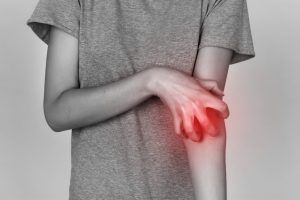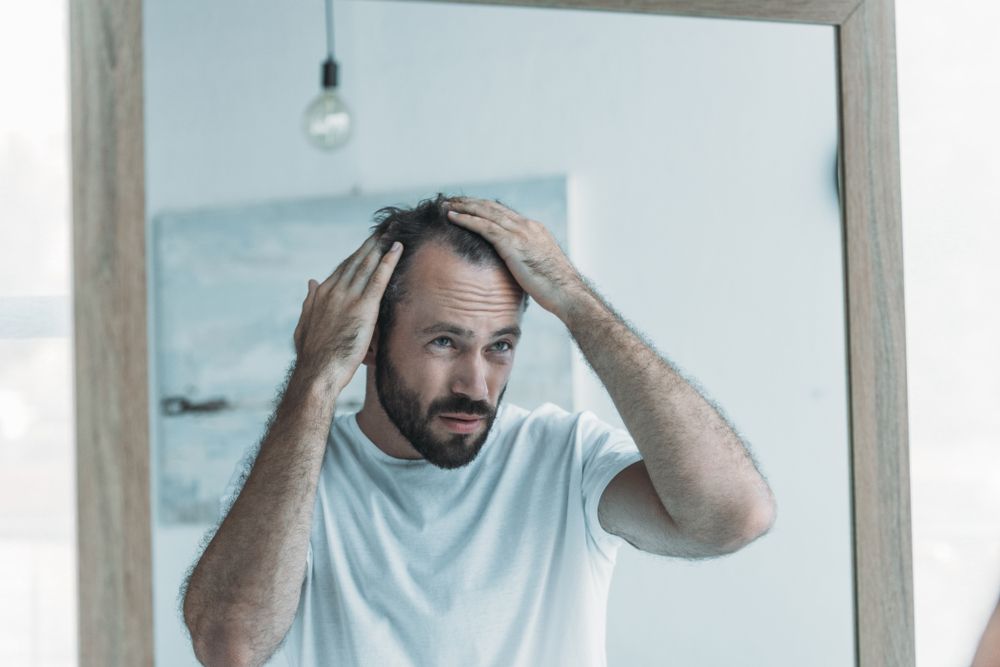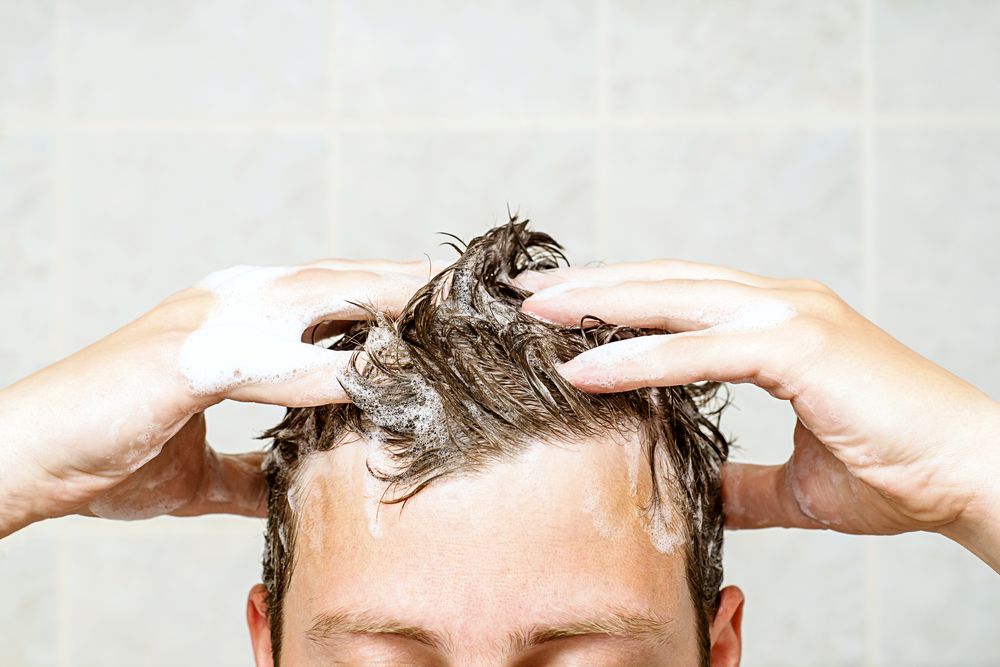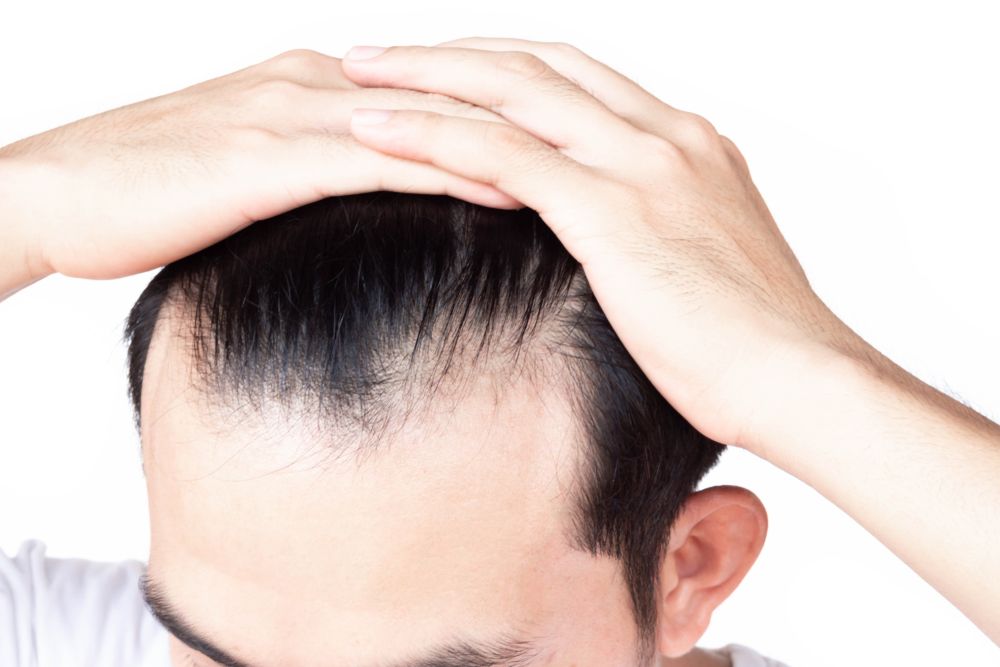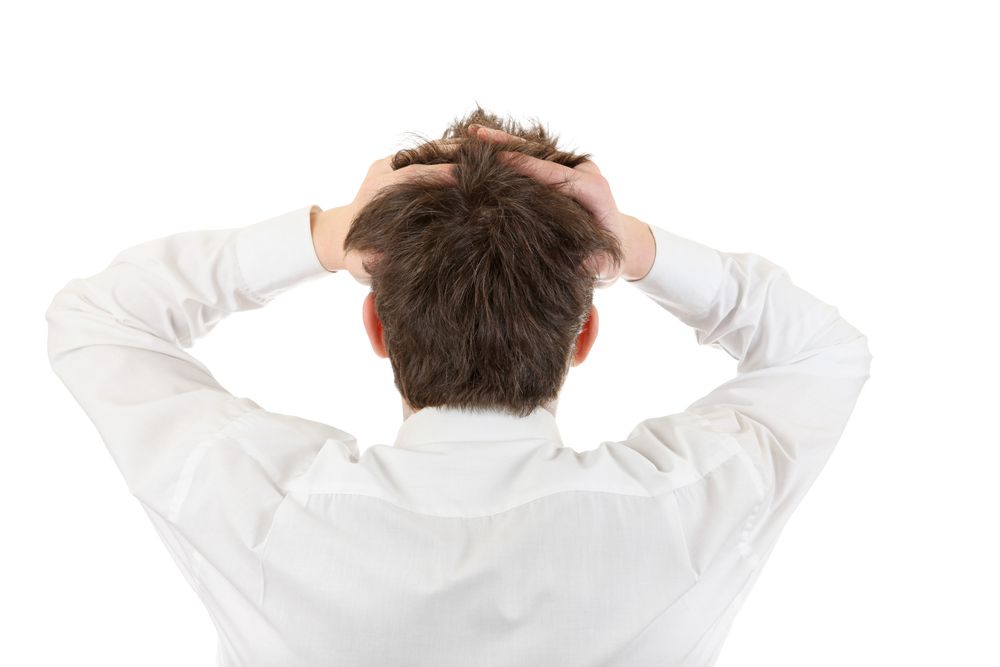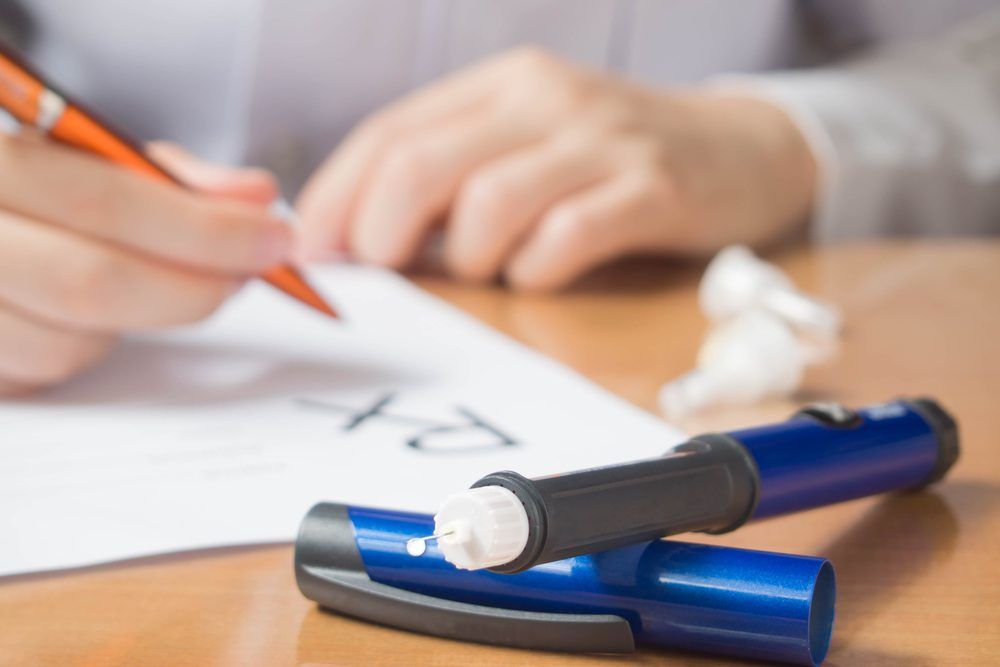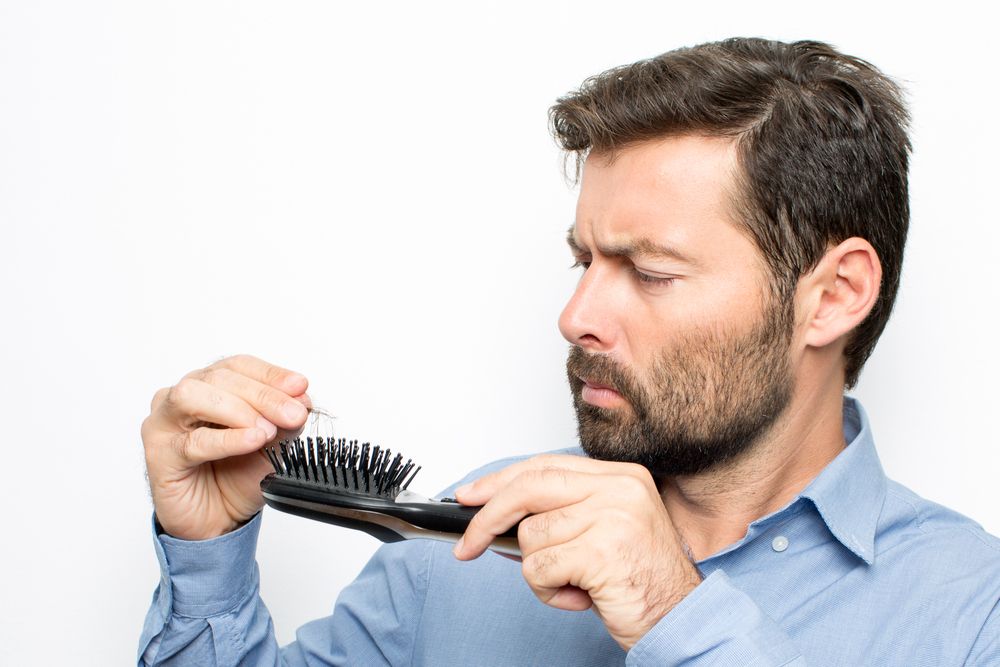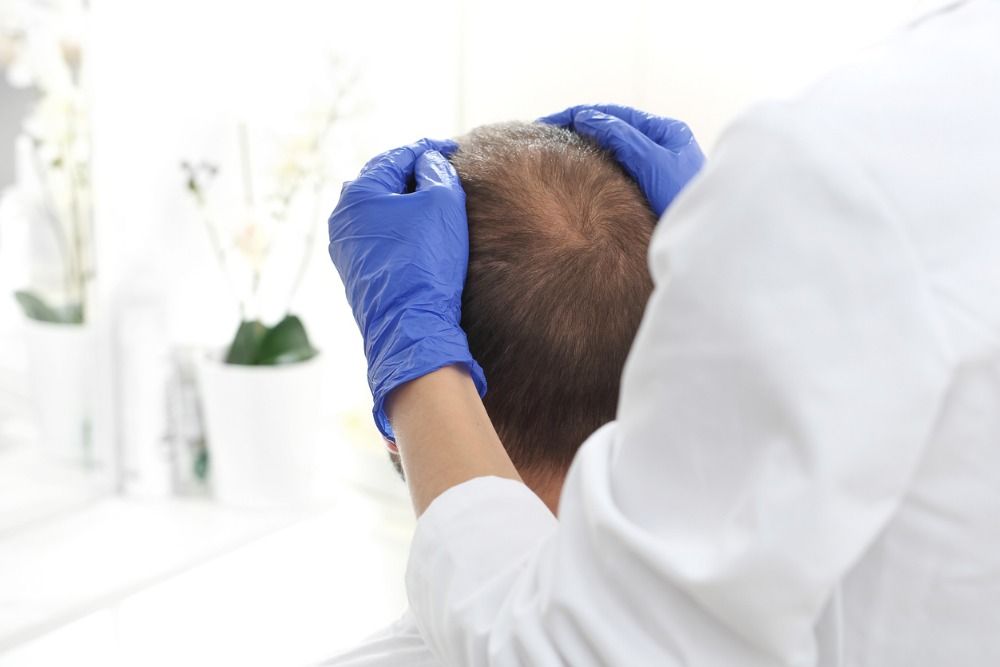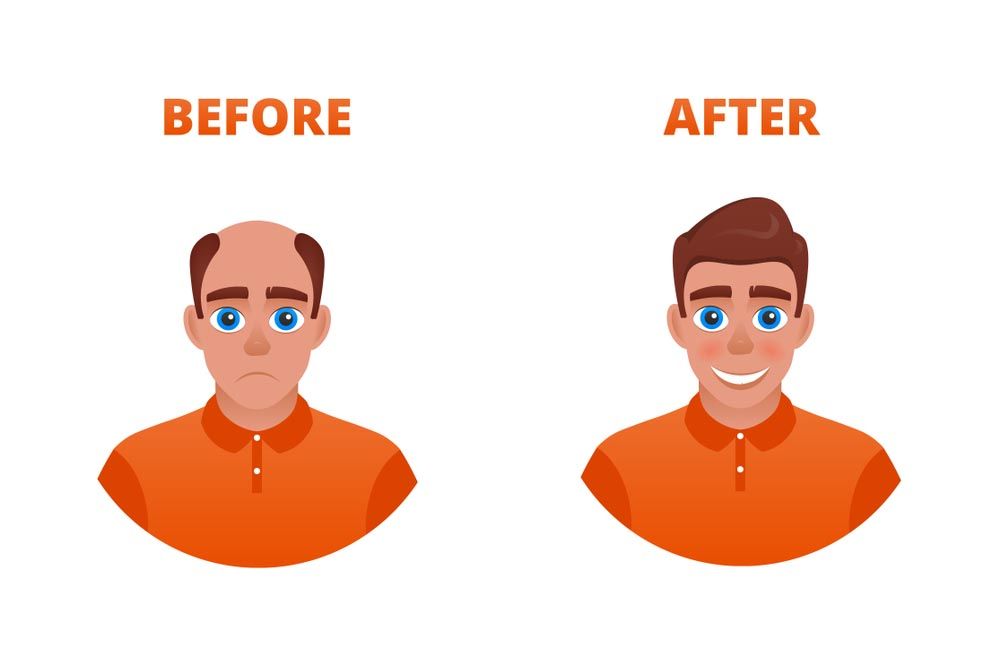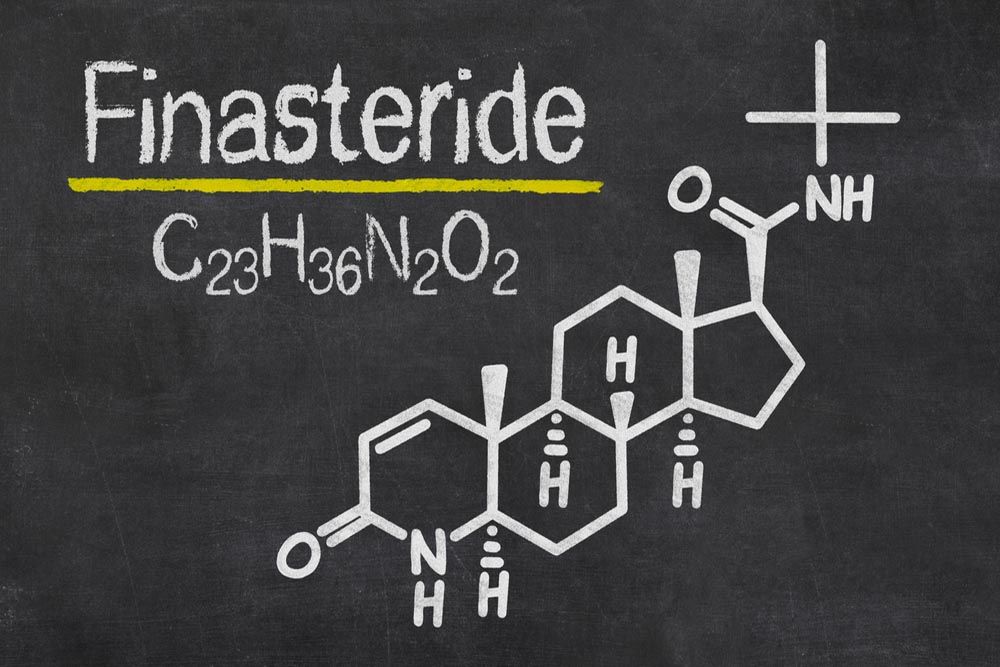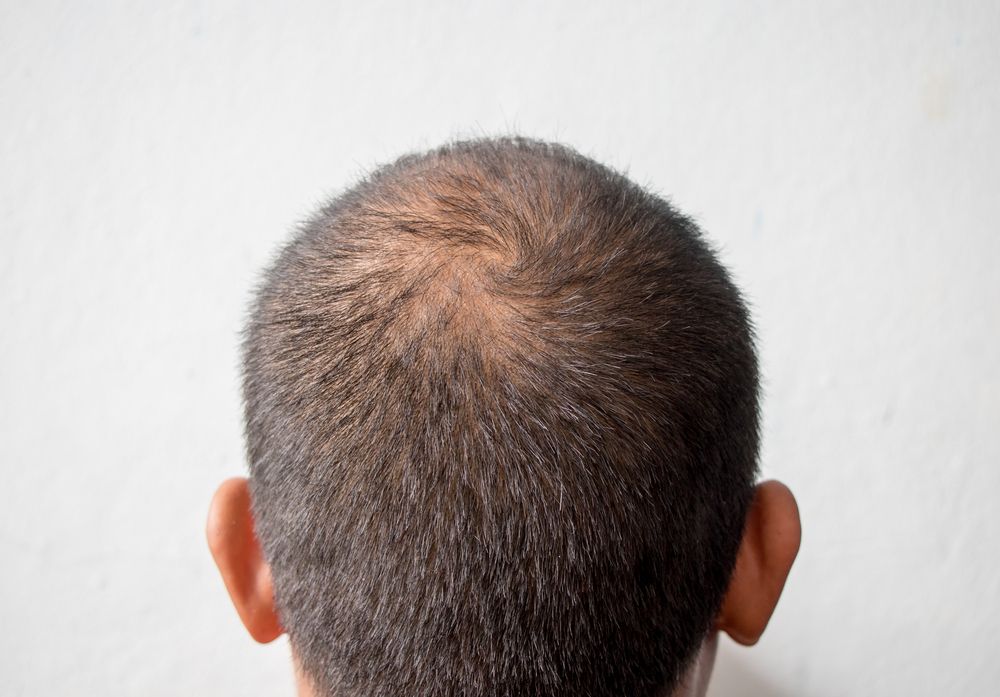Minoxidil is a hair loss treatment that’s available by prescription or over the counter. You should take it for as long as you wish to experience its effects. There is no time limit on use.
Used by both men and women, minoxidil is a vasodilator, meaning it opens blood vessels. It was originally created as a blood pressure drug, but after patients and doctors noticed considerable hair growth in users, it was developed as a hair loss medicine. (Learn More)
Minoxidil is mostly used to treat hair loss that occurs as a result of male or female pattern baldness, also called androgenetic alopecia (AGA). This is the leading cause of hair loss in both sexes. (Learn More)
No one knows precisely why minoxidil slows baldness and aids in hair growth. It’s thought to be related to its ability to open blood vessels, allowing more nutrients to reach the hair and promote growth. In research, minoxidil has been proven to have positive effects on hair growth. (Learn More)
Minoxidil has been shown to work best in earlier stages of hair loss and on certain areas of the scalp. It’s not used to treat a receding hairline. Individuals who are experiencing unusual hair loss symptoms, like sudden hair loss or an irritated scalp, may have a more serious problem and should seek medical consultation. (Learn More)
Generally, minoxidil has only a few side effects that may include scalp irritation and changes in hair growth, texture, and color. More serious side effects, like weight gain or an allergic reaction, are rare but should be addressed immediately. (Learn More)
What Is Minoxidil?
 Minoxidil is a drug used to treat hair loss and stimulate hair growth in men and women. It is most commonly used to treat male and female pattern baldness, also called androgenetic alopecia (AGA).
Minoxidil is a drug used to treat hair loss and stimulate hair growth in men and women. It is most commonly used to treat male and female pattern baldness, also called androgenetic alopecia (AGA).
It is available as a prescription drug but also widely available as an over-the-counter medication. It comes in different strengths, commonly a 2 percent and 5 percent solution. The 2 percent solution can be used by women, while the 5 percent strength is generally advised for men only.
It is available as a foam or solution that’s applied to the scalp in order to slow balding.
Minoxidil belongs to a group of drugs called vasodilators. Vasodilators open (dilate) blood vessels, improving blood flow and circulation. This class of drugs is often combined with other drugs to treat cardiovascular conditions, such as high blood pressure or heart failure.
In fact, minoxidil was originally developed as treatment for high blood pressure until patients and doctors noticed one of the side effects was hair growth.
How Common Is Androgenetic Alopecia (AGA)?
Androgenetic alopecia is the cause of more than 95 percent of hair loss in men. Approximately 25 percent of men will begin to experience AGA before the age of 25. Nearly two-thirds of men in the U.S. will experience some form of hair loss or thinning by the age of 35, with that figure growing to 85 percent by the age of 50.
Millions of women also experience hair loss due to AGA. Approximately one in three women will experience AGA in their lifetime. AGA is much more common in women over the age of 50, with up to two-thirds of women experiencing hair loss problems after menopause.
Is Minoxidil Effective in Treating Hair Loss?
No one knows exactly how minoxidil works to treat hair loss, although it thought that through widening the blood vessels, it opens up potassium channels and allows more blood, oxygen, and nutrients to reach the hair follicle. This is also thought to possibly trigger a longer growth phase in the hair.
Research has long confirmed that when minoxidil is applied directly to the scalp, it can stimulate hair growth. This is why it was switched from being a blood pressure medication to a hair loss medication and approved by the Food & Drug Administration as a hair loss treatment.
According to Harvard Medical School, between 25 and 50 percent of people who apply minoxidil twice a day for the suggested amount of time notice a slowing of hair loss or some amount of hair regrowth.
While minoxidil has proven helpful in battling male and female pattern baldness, it does not cure hair loss or cause regrowth in already inactive follicles. Also, it must be taken continuously to be effective. If you stop taking it, your scalp will return to the state of balding it was at before you began your minoxidil regimen.
Who Can Use Minoxidil?
Minoxidil has been proven to effectively treat male or female pattern baldness (androgenetic alopecia). It’s particularly useful in treating hereditary hair loss that occurs on the back of the scalp (the vertex, just under the crown) and in treating female hair loss and thinning on top of the scalp. Minoxidil is not used to treat a receding hairline or front-of-scalp balding.
Minoxidil is most effective in treating early stages of hair loss and especially effective in treating hair loss for people under the age of 40.
Minoxidil won’t reverse hair loss and isn’t useful for anyone who is already bald.
If you’re experiencing hair loss that’s not caused by AGA, you may have an underlying issue that requires medical care and not minoxidil treatment. Signs of a more serious problem include:
- Hair loss in those under the age of 18.
- Hair loss with no family history of hair loss.
- Patchy or sudden hair loss.
- Red, enflamed, or itchy scalp.
Does Minoxidil Have Any Side Effects?
Minoxidil is generally considered a safe hair loss treatment. Minimal potential side effects include an irritated scallop, changes in hair texture and color, and hair growth in areas nearby to where it was applied (like the forehead).
More serious side effects from minoxidil are very rare but may include the following:
- Allergic reaction
- Chest pain
- Dizziness
- Weight gain
References
What Is Minoxidil (Rogaine)? (November 5, 2014). Everyday Health.
What Are Vasodilators? (December 1, 2015). Everyday Health.
Introduction. American Hair Loss Association.
Treating Female Pattern Hair Loss. (November 14, 2018). Harvard Medical School.
Topical Minoxidil in the Treatment of Male Pattern Alopecia. (1987). Pharmacotherapy.
Minoxidil Use in Dermatology, Side Effects, and Recent Patents. (May 2012). Recent Patents on Inflammation & Allergy Drug Discovery.
Hair Today, More Hair Tomorrow? (August 2008). Harvard Medical School.
Does Rogaine Work? (June 2, 2017). Healthline.


